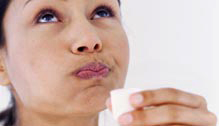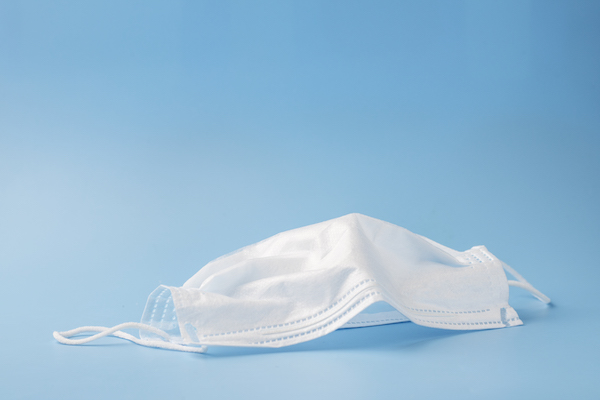Slipping endlessly through the crack between oral and respiratory medicine, the humble mouthwash has slowly won more respect among savvy practitioners and patients as a solution for a range of indications.1 In Japan many millions of people gargle three times a day with green tea extracts or other mouthwashes to ward off upper respiratory tract infections (URTIs), and Japanese clinical studies have confirmed the value of this approach (Furushima D et al. Molecules. 2018 Jul 20;23(7)). Worldwide, medical practitioners recommend gargling to patients. Many people on their own have decided that gargling makes sense, while millions swish with mouthwash to protect teeth and gums as well as to combat halitosis.
Still, for curious reasons, this formidable method of suppressing infections remains in medical limbo. Not because there is no need. The average American suffers 2.5 episodes of URTI per year, with high costs for treatment, lost days of work, and morbidity. URTIs also exacerbate asthma, and they can enter the lungs and prove fatal. As a generic adjuvant therapy, gargling can help reduce viral load during epidemics while remaining hard for mutating viruses to outflank.


 Here are three overlooked methods of treating respiratory and disseminated infections that resemble the one caused by the COVID-19 virus.
Here are three overlooked methods of treating respiratory and disseminated infections that resemble the one caused by the COVID-19 virus. 
